"SBF-1" redirects here. For the earlier XSBF-1, see Grumman XSBF. For the biplane Helldiver, see Curtiss SBC Helldiver. For other uses, see Curtiss Helldiver.
SB2C Helldiver
A-25 Shrike
Curtiss SB2C col.jpg
A Curtiss SB2C Helldiver in tricolor scheme and tail markings for VB-80, operating off USS Hancock, February 1945
Role Dive bomber
National origin United States
Manufacturer Curtiss-Wright
Built by
Fairchild (Canada) (SBF)
Canadian Car & Foundry (SBW)
First flight 18 December 1940
Introduction December 1942
Retired 1959 (Italy)
Primary users United States Navy
United States Marine Corps
United States Army Air Forces
French Navy
Produced 1943–1945
Number built 7,140
Developed into Curtiss XSB3C
The Curtiss SB2C Helldiver, also known as the A-25 Shrike, is a dive bomber developed by Curtiss-Wright during World War II. As a carrier-based bomber with the United States Navy (USN), in Pacific theaters, it supplemented and replaced the Douglas SBD Dauntless. A few survivors are extant.
Initially poor handling characteristics and late modifications caused lengthy delays to production and deployment, to the extent that it was investigated by the Truman Committee, which turned in a scathing report. This contributed to the decline of Curtiss as a company. Neither pilots nor aircraft carrier skippers seemed to like it.[1] Nevertheless, the type was faster than the Dauntless, and by the end of the Pacific War, the Helldiver had become the main dive bomber and attack aircraft on USN carriers.[1]
By the time a land-based variant, known as the A-25 Shrike became available, in late 1943, the Western Allied air forces had abandoned dedicated dive-bombers. A majority of A-25s delivered to the US Army Air Forces were transferred to the US Marine Corps, which used the type only in one side campaign and non-combat roles. The British Royal Navy and the Royal Australian Air Force also cancelled substantial orders,[2] retaining only a few aircraft for research purposes.
Nicknames for the aircraft included "Big-Tailed Beast" or just "Beast",[3] "Two-Cee", and "Son-of-a-Bitch 2nd Class"; the latter nickname was derived from the name SB2C and the Shrike's reputation for having difficult handling characteristics.[4]
The U.S. Navy would not accept the SB2C until 880 modifications[7] to the design and the changes on the production line had been made, delaying the Curtiss Helldiver's combat debut until 11 November 1943 with squadron VB-17 on Bunker Hill, when they attacked the Japanese-held port of Rabaul on the island of New Britain, north of Papua New Guinea.[7] The first version of the SB2C-1 was kept stateside for training, its various development problems leading to only 200 being built. The first deployment model was the SB2C-1C.[13] The SB2C-1 could deploy slats mechanically linked with landing gear actuators, that extended from the outer third of the wing leading edge to aid lateral control at low speeds. The early prognosis of the "Beast" was unfavourable; it was strongly disliked by aircrews due to its size, weight, and reduced range compared to the SBD it replaced.[14]
SB2C-1s in tricolor scheme (front) on the flight deck of Yorktown in 1943.
In the Battle of the Philippine Sea, 45 Helldivers, most of which had been deliberately launched from extreme range, were lost when they ran out of fuel while returning to their carriers.[15]
Among its major faults, the Helldiver was underpowered, had a shorter range than the SBD, was equipped with an unreliable electrical system, and was often poorly manufactured. The Curtiss-Electric propeller and the complex hydraulic system had frequent maintenance problems.[16] One of the faults remaining with the aircraft through its operational life was poor longitudinal stability, resulting from a fuselage that was too short due to the necessity of fitting onto aircraft carrier elevators.[7] The Helldiver's aileron response was also poor and handling suffered greatly under 90 kn (100 mph; 170 km/h) airspeed; since the speed of approach to land on a carrier was supposed to be 85 kn (98 mph; 157 km/h), this proved problematic.[7] The 880 changes demanded by the Navy and modification of the aircraft to its combat role resulted in a 42% weight increase, explaining much of the problem.[17]
The solution to these problems began with the introduction of the SB2C-3 beginning in 1944, which used the R-2600-20 Twin Cyclone engine with 1,900 hp (1,400 kW) and Curtiss' four-bladed propeller. This substantially solved the chronic lack of power that had plagued the aircraft.[13] The Helldivers would participate in battles over the Marianas, Philippines (partly responsible for sinking the battleship Musashi), Taiwan, Iwo Jima, and Okinawa (in the sinking of the battleship Yamato). They were also used in the 1945 attacks on the Ryukyu Islands and the Japanese home island of Honshu in tactical attacks on airfields, communications and shipping. They were also used extensively in patrols during the period between the dropping of the atomic bombs and the official Japanese surrender, and in the immediate pre-occupation period.
An oddity of the SB2Cs with 1942 to 1943-style tricolor camouflage was that the undersides of the outer wing panels carried dark topside camouflage because the undersurfaces were visible from above when the wings were folded.
In operational experience, it was found that the U.S. Navy's Grumman F6F Hellcat and Vought F4U Corsair fighters were able to carry an equally heavy bomb load against ground targets and were vastly more capable of defending themselves against enemy fighters.[18] The Helldiver, however, could still deliver ordnance with more precision against specific targets and its two-seat configuration permitted a second set of eyes. A Helldiver also has a significant advantage in range over a fighter while carrying a bombload, which is extremely important in naval operations.
The advent of air-to-ground rockets ensured that the SB2C was the last purpose-built dive bomber produced.[18] Rockets allowed precision attack against surface naval and land targets, while avoiding the stresses of near-vertical dives and the demanding performance requirements that they placed on dive bombers.[7]
U.S. Navy Curtiss SB2C-5 Helldivers of Attack Squadron 1A (VA-1A) "Tophatters" roll into dives to support amphibious forces during postwar landing exercise (1947)
The SB2C remained in active postwar service in active duty US Navy squadrons until 1947 and in Naval Reserve aviation units until 1950. Surplus aircraft were sold to the naval air forces of France, Italy, Greece, Portugal, and Thailand. Greek SB2Cs served in combat in the Greek Civil War with additional machine guns mounted in wing pods. French SB2Cs flew in the First Indochina War from 1951 to 1954.
US Army and US Marine Corps service
Built at Curtiss' St. Louis plant, 900 aircraft were ordered by the USAAF under the designation A-25A Shrike.[19] The first ten aircraft had folding wings, while the remainder of the production order omitted this feature. Many other changes distinguished the A-25A, including larger main wheels, a pneumatic tailwheel, ring and bead gunsight, longer exhaust stubs, and other Army-specified radio equipment. By late 1943, when the A-25A was being introduced, the USAAF no longer had a role for the dive bomber, as fighter aircraft such as the Republic P-47 Thunderbolt had shown their ability to carry out tactical air support missions with great success.
The USAAF transferred 410 Helldivers to the US Marines. The A-standard 25As were converted to the USMC variant, SB2C-1 and one squadron, VMSB-151, based on Enjebi (a.k.a. Engebi/Enjibe; part of Enewetak Atoll) conducted bombing missions on bypassed Japanese strongpoints nearby. Otherwise, the SB2C-1 variant never saw combat, and was used primarily as a trainer and target tug.[19]
Australian service
A69-4, the only Curtiss Shrike to enter RAAF service
At an early stage of World War II, the Australian government noted that the Royal Australian Air Force (RAAF) lacked dedicated dive bombers and ordered 150 Curtiss Shrikes.[20] These aircraft were paid for by the US Government as Lend Lease aid.[21]
By November 1943, when the first shipment of 10 Shrikes arrived in Australia, the RAAF had decided that dive bombing was an outmoded tactic. Vultee Vengeance dive bombers, which were already in service with the RAAF, were being replaced by light bombers. As a result, the order for the remaining 140 Shrikes was cancelled.[21]
While the 10 aircraft received were taken on strength, with the RAAF serial prefix A69, only one of these Shrikes officially took to the air in RAAF service.[21][22] A69-4 was assigned to No. 1 Air Performance Unit, for performance testing, between December 1943 and April 1944. The RAAF and US Fifth Air Force already operated a joint pool of aircraft types common to both services in the South West Pacific theatre and, by mid-January 1944, the other nine Shrikes had been transferred to USAAF units.[21] A69-4 was also transferred to the USAAF in December 1944.[21][22]
British service
The Helldiver's service with the British resembled Australian experience with the type. A total of 26 aircraft, out of 450 ordered, were delivered to the Royal Navy's Fleet Air Arm, where they were known as the Helldiver I. After unsatisfactory tests by the A&AEE that pinpointed "appalling handling", none of the British Helldivers were used in action.[23]
Greek service
Further information: Air operations during the Greek Civil War
American aid provided the Royal Hellenic Air Force with 48 Curtiss SB2C-5 Helldivers from surplus U.S. Navy stocks. The aircraft were delivered by the aircraft carrier USS Sicily (CVE-118) in the spring of 1949. From the 48 aircraft, 6 were used for ground instruction or spare parts and 42 were given to 336th Fighter Squadron (336 ????a ????e??) to replace Supermarine Spitfires and the squadron's name was changed to 336th Bomber Squadron (336 ????a ??µßa?d?sµ??).[24]
Greek SB2C-5 Helldivers had minor changes for their COIN operations: the hard rubber tailwheel (for carrier use) was replaced by a bigger pneumatic tire for use on landing strips; and the rear gunner station and its twin MGs were deleted, as no aerial opposition existed and weight reduction was used for bombs and extra machine guns.
Curtiss SB2C-5 Helldivers, Supermarine Spitfires, and North American T-6D/Gs were used in ground-attack missions against Communist ground forces, camps, and transports during the last stages of the Greek Civil War.[25][26]
Curtiss SB2C-5 Helldivers saw a relatively brief combat service and were gradually phased out by 1953.[24] A few were in use until 1957 as photographic aircraft. One Curtiss SB2C-5 Helldiver was restored in 1997 and is displayed in the Hellenic Air Force Museum.[27]
French service
Helldivers on the flight deck of the French aircraft carrier Arromanches in 1951. At this time the ship was operating off Indochina.
Between 1949 and 1954, France bought 110 SB2C-5 Helldiver aircraft to replace their aging SBD-5 Dauntless that had been flying in combat in Vietnam.[28] The French Aeronavale flew the Helldiver from 1951 to 1958.
Some of these aircraft were allotted to flottilles 3F and 9F stationed on board the carriers Arromanches, Bois Belleau, and La Fayette, during the First Indochina War. The Helldivers were used to support French troops on the ground during the Battle of Dien Bien Phu in 1954.
Specifications
General Characteristics
- Predecessor bomber plane challenge
- Successors 1 airplane(s) +7 bonus
- Created On Windows
- Wingspan 38.5ft (11.8m)
- Length 23.1ft (7.0m)
- Height 11.2ft (3.4m)
- Empty Weight 2,265lbs (1,027kg)
- Loaded Weight 5,181lbs (2,350kg)
Performance
- Horse Power/Weight Ratio 0.385
- Wing Loading 23.8lbs/ft2 (116.4kg/m2)
- Wing Area 217.3ft2 (20.2m2)
- Drag Points 1915
Parts
- Number of Parts 65
- Control Surfaces 8
- Performance Cost 433

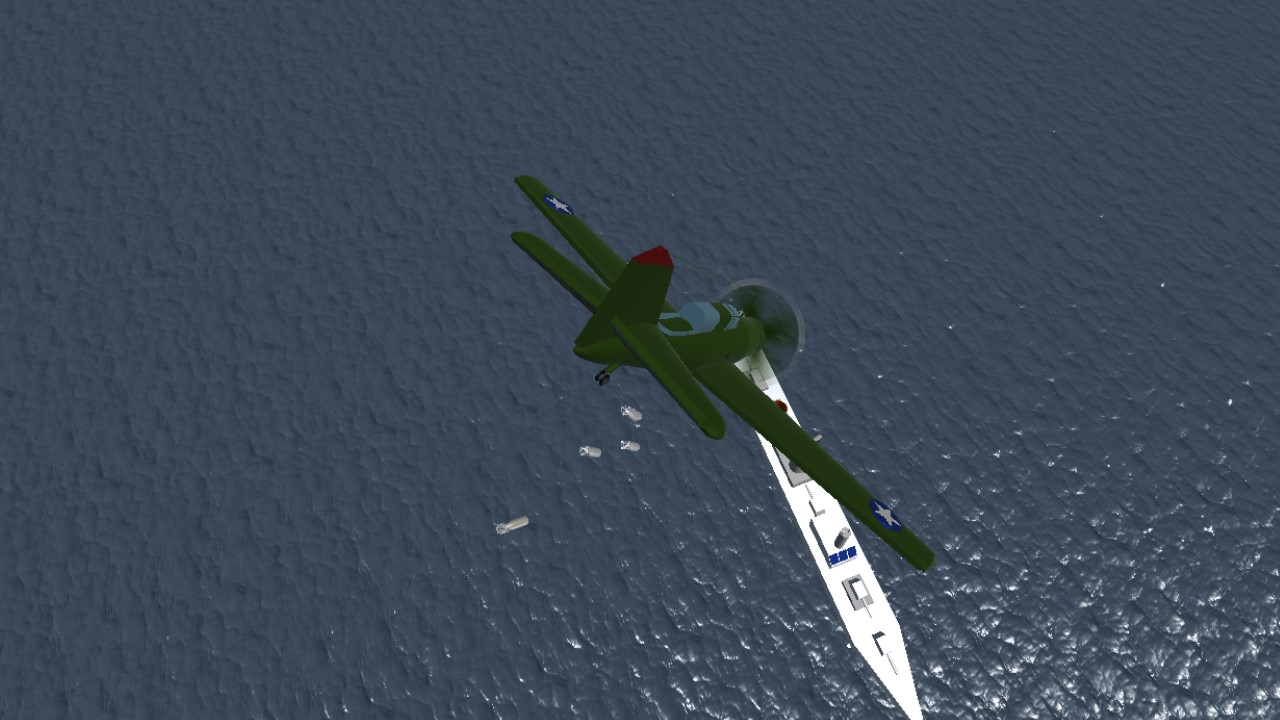
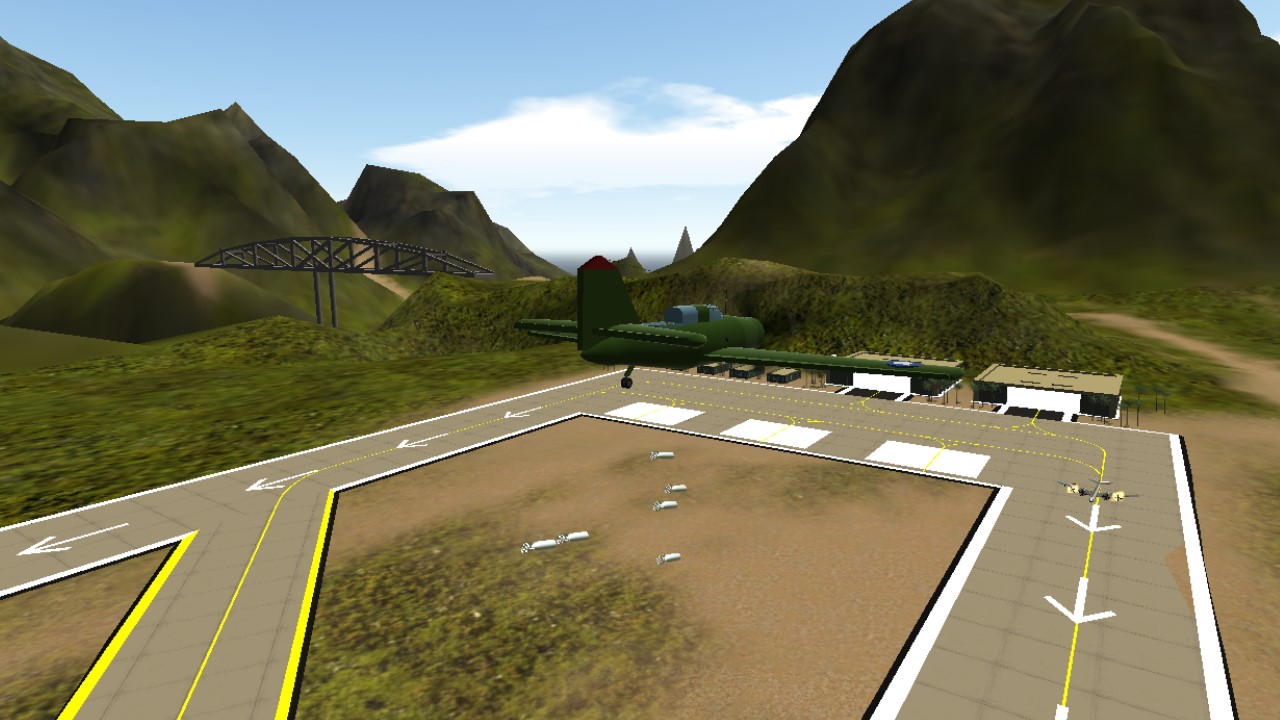
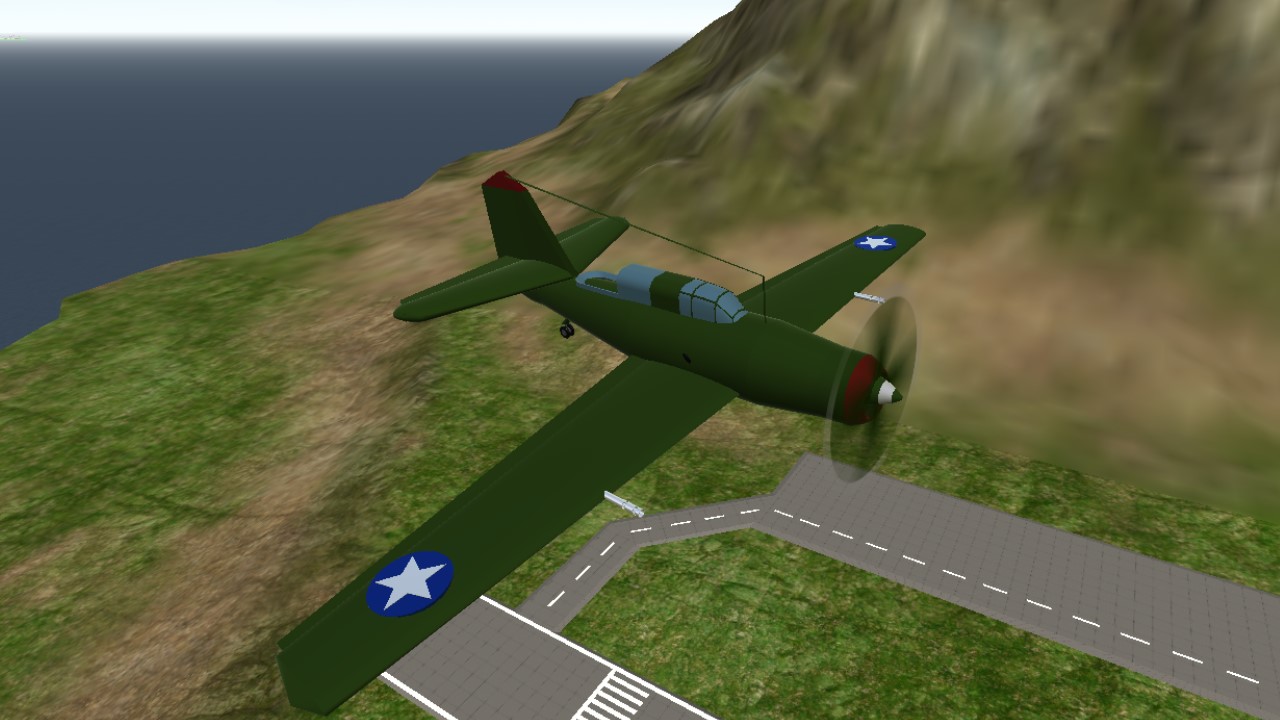
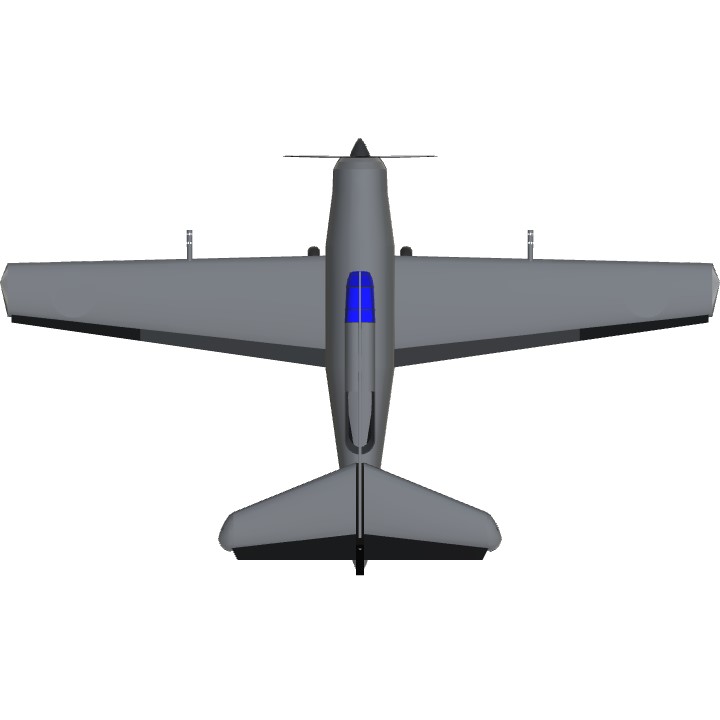
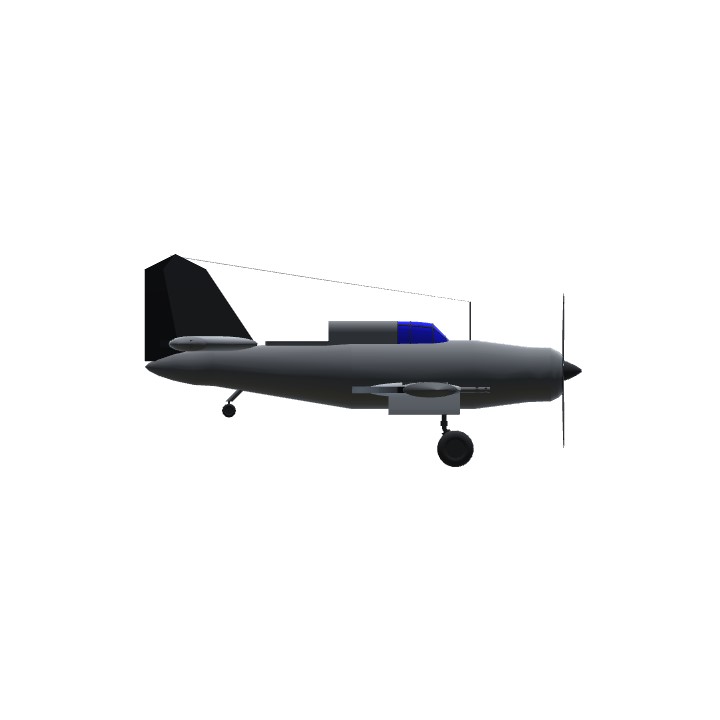
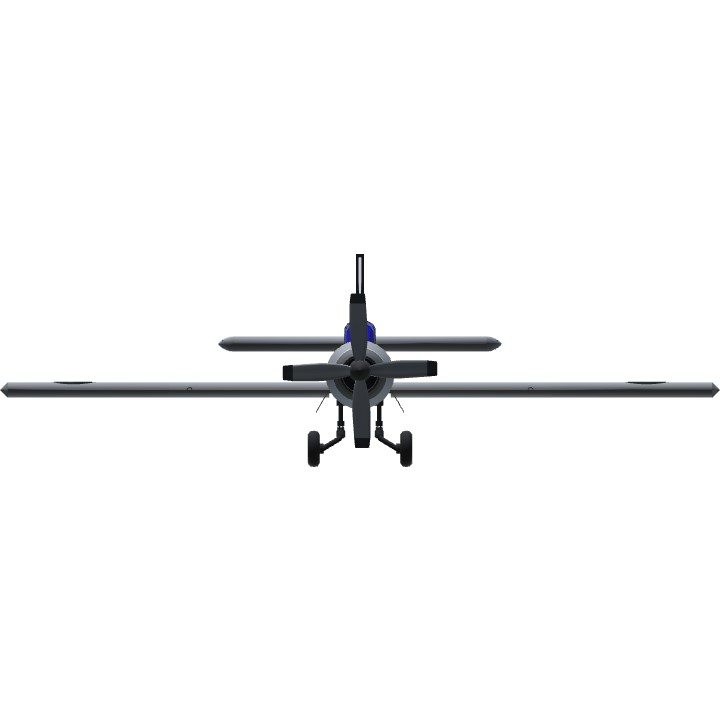
600mph is a lot for a ww2 aircraft
it,s slow only 450 mph(Estimated speed of my WW II aircraft is +500-600 mph)